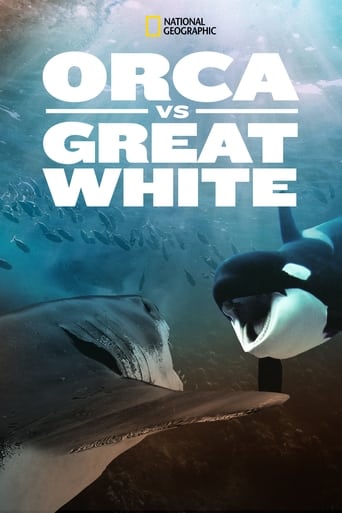
09 Jul 2021

Orca Vs. Great White
Researchers investigate whether orcas have begun hunting great white sharks off the coast of New Zealand.
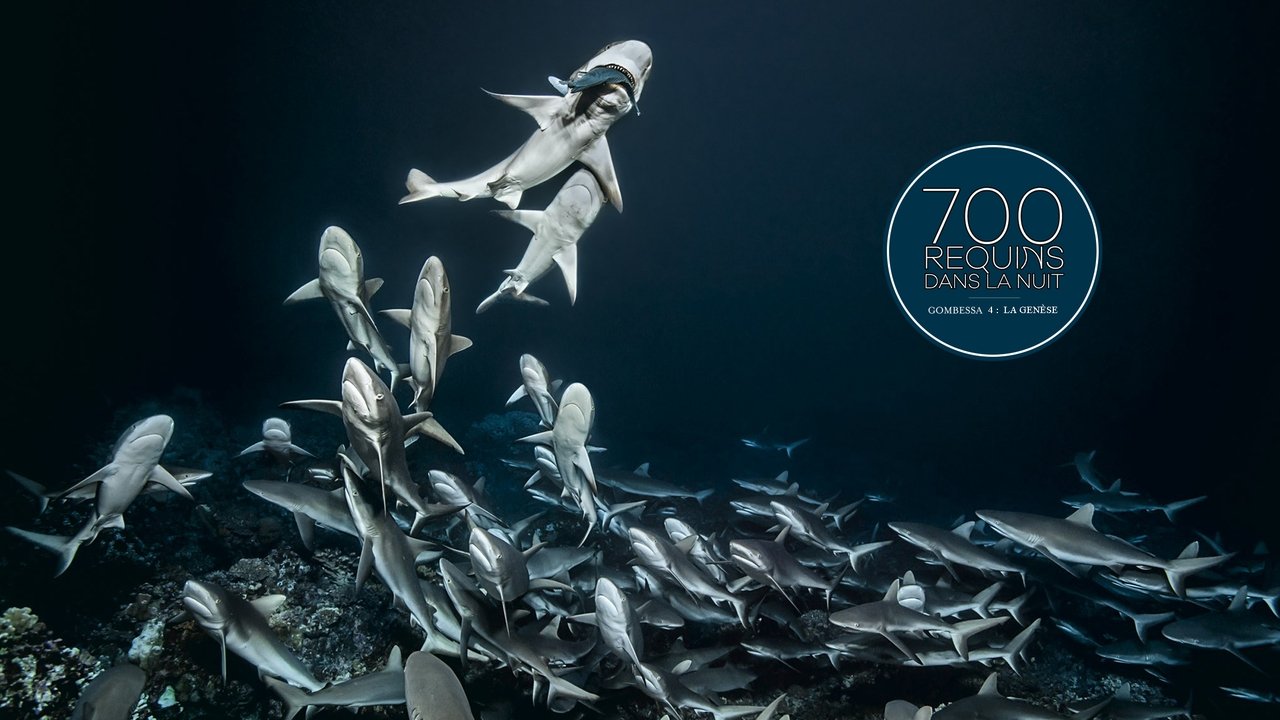
For the fourth expedition, in the southern pass of Fakarava in French Polynesia for Gombessa 4, Genesis
Originally, in 2014, Laurent Ballesta had just one precise objective: to unravel the mystery of groupers. To understand the issues involved in their collective reproduction. But although focused on the study of groupers, the real surprise came from the sharks. Never before had the team been confronted with such a density of grey reef sharks. The divers took up the challenge of counting them. Methodically, they repeated the operation many times to arrive at the impressive figure of 700 grey reef sharks. Each year, the team returned to the southern pass of Fakarava in French Polynesia. Until 2019, for the fourth expedition, "Gombessa 4" is the synthesis of precise and unique scientific protocols. The mission demonstrated that shark hunts are not anarchic, but rely in part on social organization within the horde, following in the footsteps of the 700 grey sharks in "700 sharks in the night (Gombessa 4, Genesis)".
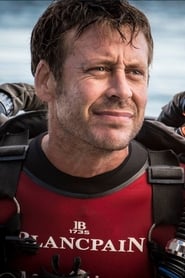
Self - Directeur de l'expédition, plongeur, biologiste et narrateur
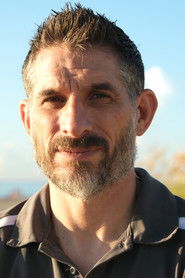
Self - Docteur en biologie marine, plongeur (USA)

Self - Professeur écoloque des requins et raie (Autralie)

Self - Acousticien, université de Liège (Belgique)

Self - Dr. en acoustique et morphologie, université de Liège (Belgique)

Self - Ichtologiste, Profish Technology (Belgique)

Self - Acousticien et morphologiste, université de Liège (Belgique)

Self - Directrice de l'environnement, DIREN, Polynésie (France)

Self - Directeur plongées profondes et assistant éclairages (Gombessa)

Self - Plongeur, propriétaire de la pension Ttamanu, Polynésie (France)
Self - Scientifique, consultant (Intervenant)
Self - Scientifique, consultant (Intervenant)
Self - Scientifique, consultant (Intervenant)

09 Jul 2021

Researchers investigate whether orcas have begun hunting great white sharks off the coast of New Zealand.
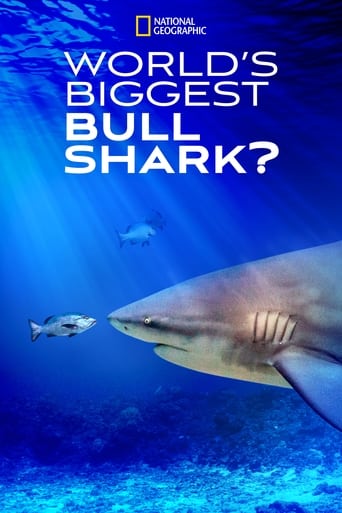
05 Jul 2021

How one of the largest Bull Sharks ever caught off the quiet coast of Florida grew to become a giant of the ocean.
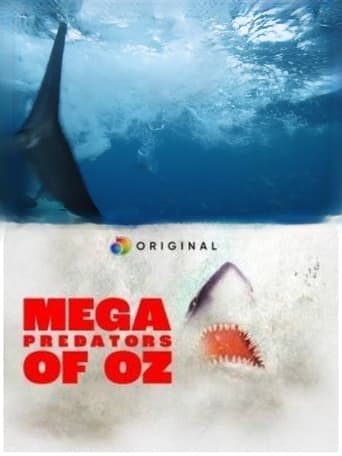
02 Jul 2021

In Australia, sharks have recently been recorded with unusual prey-including other sharks. In order to figure out what has caused this shift in diet, Dr. Charlie Huvaneers and team head to shark infested waters to find out what's in the stomach of a great white - and why.

28 Jul 2020

A routine drone survey turns deadly when Ryan Johnson, a marine biologist based in South Africa, films a humpback whale being attacked and strategically drowned by a Great white shark. This is a total perspective shift for the creature.
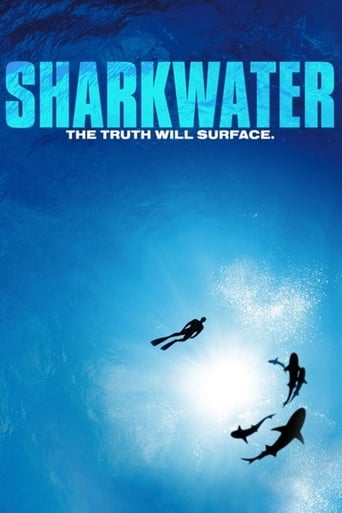
11 Sep 2006

Driven by passion fed from a life-long fascination with sharks, Rob Stewart debunks historical stereotypes and media depictions of sharks as bloodthirsty, man-eating monsters and reveals the reality of sharks as pillars in the evolution of the seas.

01 Aug 2010

No overview found

18 May 2003

Deep Blue is a major documentary feature film shot by the BBC Natural History Unit. An epic cinematic rollercoaster ride for all ages, Deep Blue uses amazing footage to tell us the story of our oceans and the life they support.
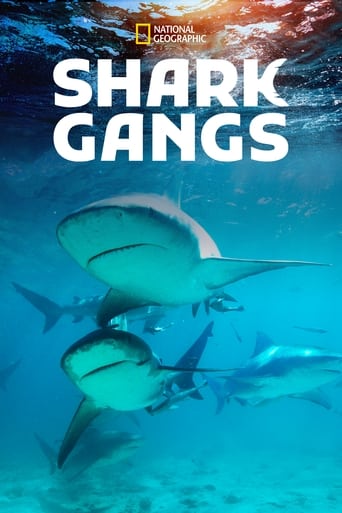
16 Jul 2021

Scientists have discovered and investigate the reason behind the behavior of sharks swimming around in gangs even though they are viewed as solitary predators.
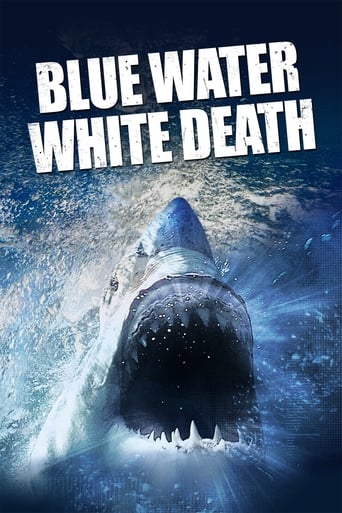
01 Jun 1971

Peter Gimbel and a team of photographers set out on an expedition to find and film, for the very first time, Carcharodon carcharias—the Great White Shark. The expedition lasted over nine months and took the team from Durban, South Africa, across the Indian Ocean, and finally to southern Australia.

01 Jan 2007

See the world's first MRI scan of a great white shark as Ultimate Shark reveals the extreme engineering and predatory abilities of one of nature's most near perfect predators. Hear firsthand accounts of people who survived harrowing encounters, including a surfer who was bitten on the arm and leg, towed by the surfboard ankle strap and miraculously escaped only with minor injuries. National Geographic demystifies the true motives and power behind their behavior.
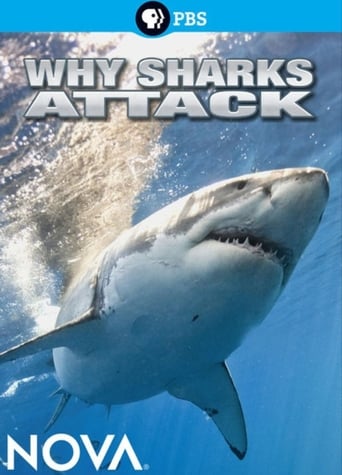
07 May 2014

In recent years, an unusual spate of deadly shark attacks has gripped Australia, resulting in five deaths in 10 months. At the same time, great white sharks have begun appearing in growing numbers off the beaches of Cape Cod, Massachusetts, not far from the waters where Steven Spielberg filmed Jaws. What's behind the mysterious arrival of this apex predator in an area where it's rarely been seen for hundreds of years? Are deadly encounters with tourists inevitable? To separate fact from fear, NOVA teams with leading shark experts in Australia and the United States to uncover the science behind the great white's hunting instincts. With shark populations plummeting, scientists race to unlock the secrets of these powerful creatures of the deep in their quest to save people -- and sharks.
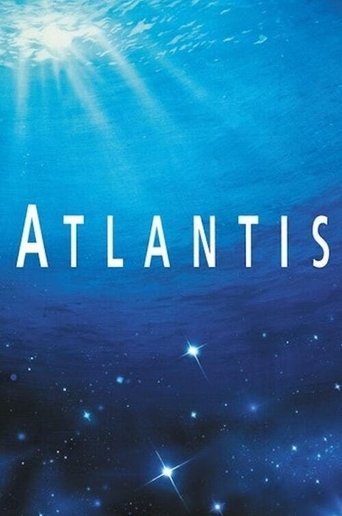
21 Aug 1991

Atmospheric soundtrack follows this compilation of nature footage that focuses on the ocean and various life forms that live, mate and die in it.
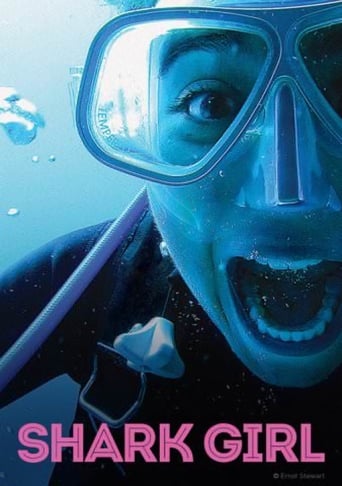
11 Jun 2014

For 20-year-old Madison Stewart, nothing feels safer or more natural than diving straight into shark-infested waters. Since childhood, growing up by the Great Barrier Reef, she's treated these predators as family. But they're vanishing from existence, and because of their bad reputation, few people seem to care. Follow Madison on her mission to protect our sharks, a battle that began when she put her studies on hold, grabbed a camera, and set out to save these incredible, misunderstood creatures.

11 Jul 2021

Johnny Knoxville sends Steve-O, Chris Pontius, and new Jackass cast members on a Shark Week mission for the ages. They'll dial up a series of shark stunts that test their bravery and threshold of pain as they put common shark myths to the test.
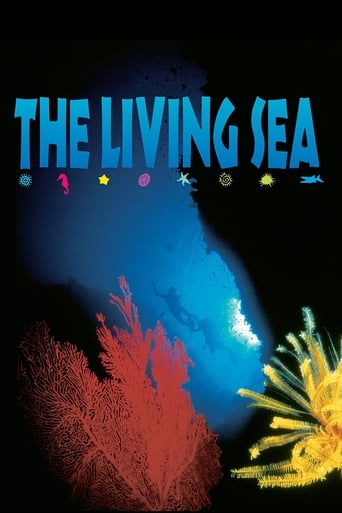
01 Feb 1995

The Living Sea celebrates the beauty and power of the ocean as it explores our relationship with this complex and fragile environment. Using beautiful images of unspoiled healthy waters, The Living Sea offers hope for recovery engendered by productive scientific efforts. Oceanographers studying humpback whales, jellyfish, and deep-sea life show us that the more we understand the ocean and its inhabitants, the more we will know how to protect them. The film also highlights the Central Pacific islands of Palau, one of the most spectacular underwater habitats in the world, to show the beauty and potential of a healthy ocean.
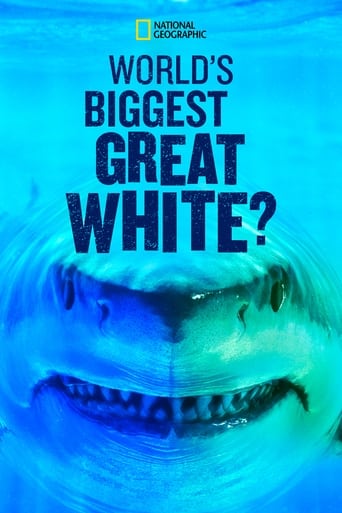
21 Jul 2019

Three great whites are spotted in the waters off Oahu, but another one could be lurking just below the surface.
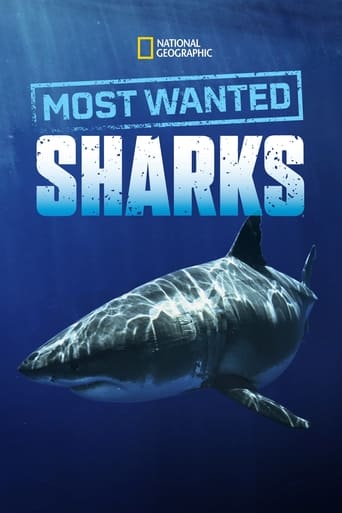
15 Jul 2020

Whether it's the biggest great white, the most photographed tiger shark, or the shark known for jumping 100 feet up out of the water, we're diving into the stories of the greatest shark stars of all time.
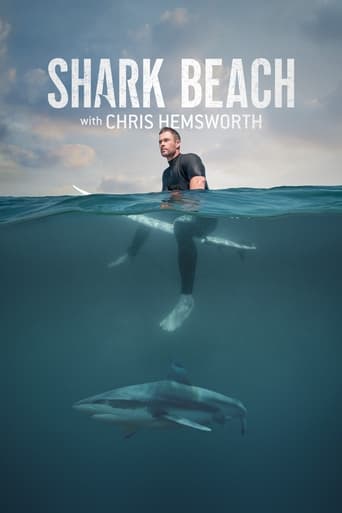
05 Jul 2021

Chris Hemsworth has a real passion for sharks. The Hollywood star talks to experts to find out more about the apex predators of the oceans.

12 Jul 2021

No overview found
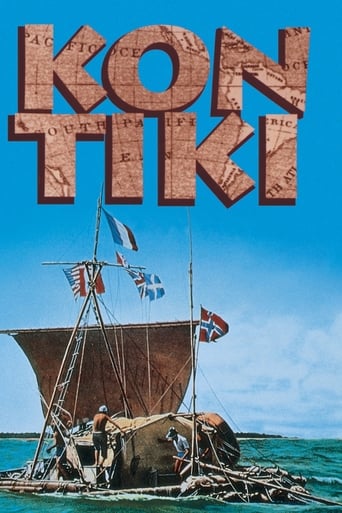
13 Jan 1950

"Kon-Tiki" was the name of a wooden raft used by six Scandinavian scientists, led by Thor Heyerdahl, to make a 101-day journey from South America to the Polynesian Islands. The purpose of the expedition was to prove Heyerdal's theory that the Polynesian Islands were populated from the east- specifically Peru- rather than from the west (Asia) as had been the theory for hundreds of years. Heyerdahl made a study of the winds and tides in the Pacific, and by simulating conditions as closely as possible to those he theorized the Peruvians encountered, set out on the voyage.